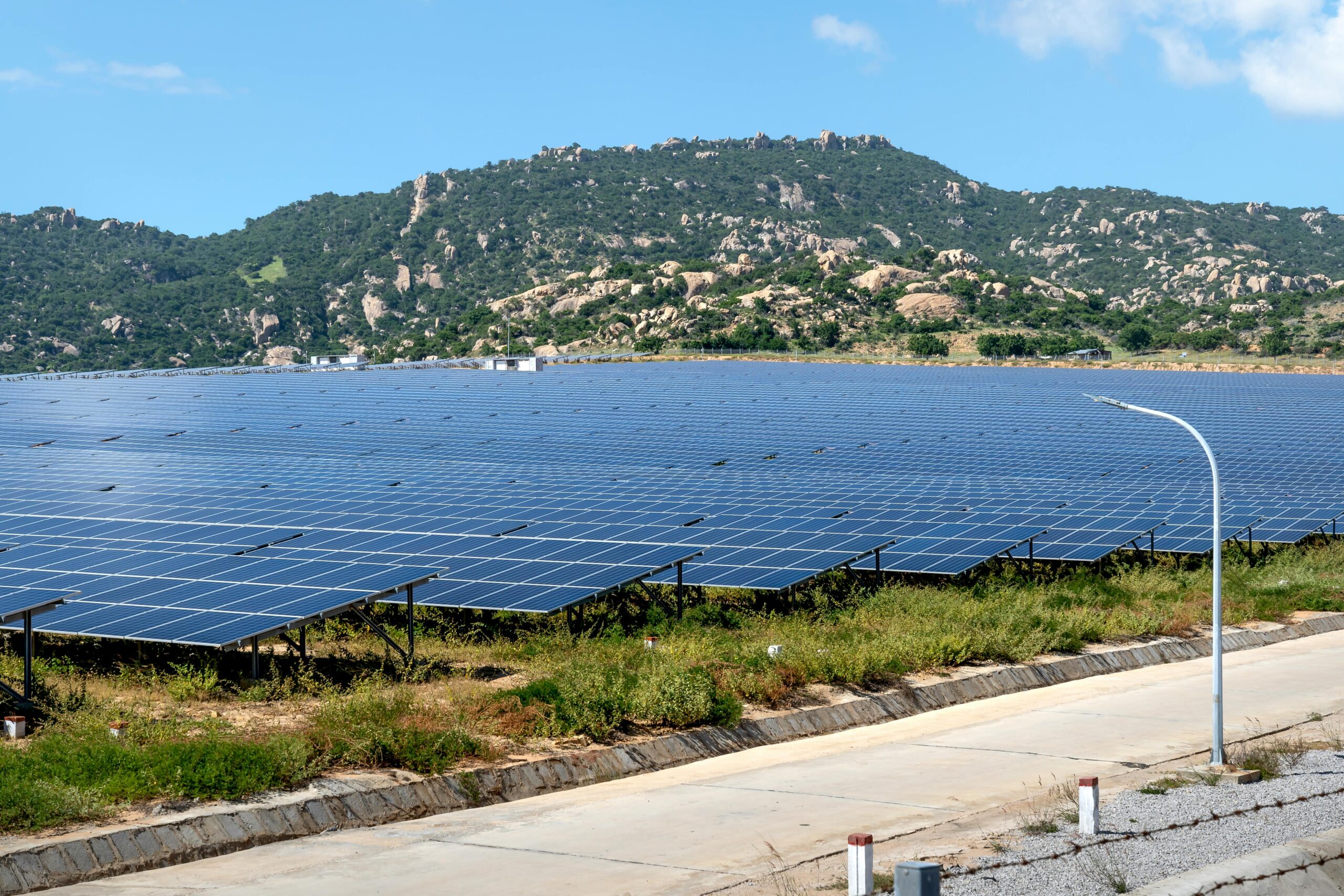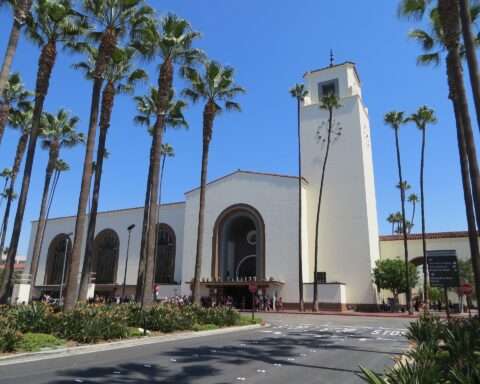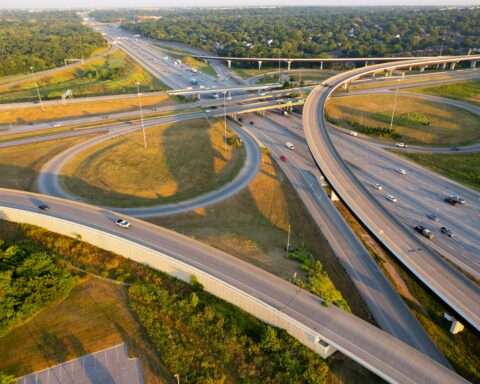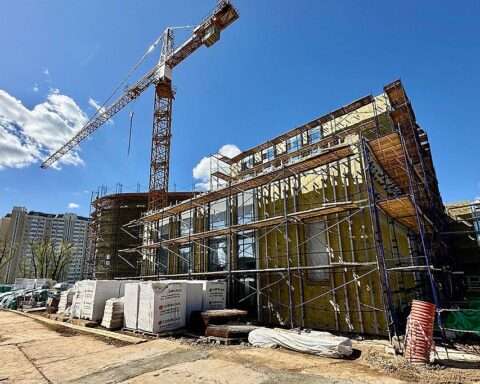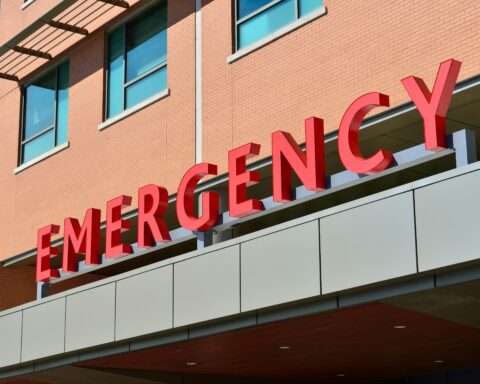Hawaii is strengthening its transportation sector with the Department of Transportation (HDOT) announcing its first statewide Energy Security and Waste Reduction Plan. The comprehensive strategy creates a roadmap to achieve the state’s ambitious climate goals while offering residents more affordable, cleaner transportation options.
State officials cite the island chain’s geographic isolation and environmental vulnerabilities—including coastal erosion, wildfires, drought and flooding, along with the state’s remote location 2,400 miles from the mainland—as key factors driving the need for better energy security and community resilience.
The plan addresses requirements established through the Navahine Settlement Agreement from June 2024, which set a target of net-negative transportation emissions by 2045 and a short-term goal of 50% reduction from 2005 levels by 2030.
HDOT’s strategy centers on three main pillars:
- Energy Security
- Emissions Reduction
- Affordability.
Officials say energy security means reducing reliance on fuel imports through diversified fuel sources. The approach includes replacing imported petroleum products with local alternatives, such as biofuels from waste and other low-carbon, locally produced options. The plan also outlines strategies to develop and manufacture sustainable aviation and marine fuels within the state.
Beyond local fuel alternatives, the plan calls for strengthening fuel storage and distribution infrastructure to withstand natural disasters. This involves developing distributed energy systems to prevent single points of failure and upgrading port and airport infrastructure. These efforts are intended to strengthen Hawaii’s resilience against climate impacts and reduce supply chain disruptions.
To meet the ambitious goal of cutting emissions in half by 2030, HDOT is starting immediate initiatives through native reforestation programs and carbon capture projects. Additional efforts include developing a five-year priority multimodal network connecting communities to promote ridesharing and public transit options, along with expanding bike and pedestrian infrastructure.
HDOT also plans to convert its transit fleet to electric or clean fuels while adding more charging capabilities at state facilities, developing vital infrastructure to support electric vehicles statewide.
The plan’s third pillar addresses transportation costs, recognizing that vehicle ownership averages around $9,000 annually per vehicle in Hawaii. HDOT plans to expand cheaper transportation alternatives while offering low-interest financing options and electric vehicle incentives for residents.
The energy resilience and alternative fuel strategy is designed to improve the state’s infrastructure along with supporting the state’s clean energy transition. The plan will guide local and state officials as the state implements these projects and priorities.
Photo by Quang Nguyen Vinh from Pexels



